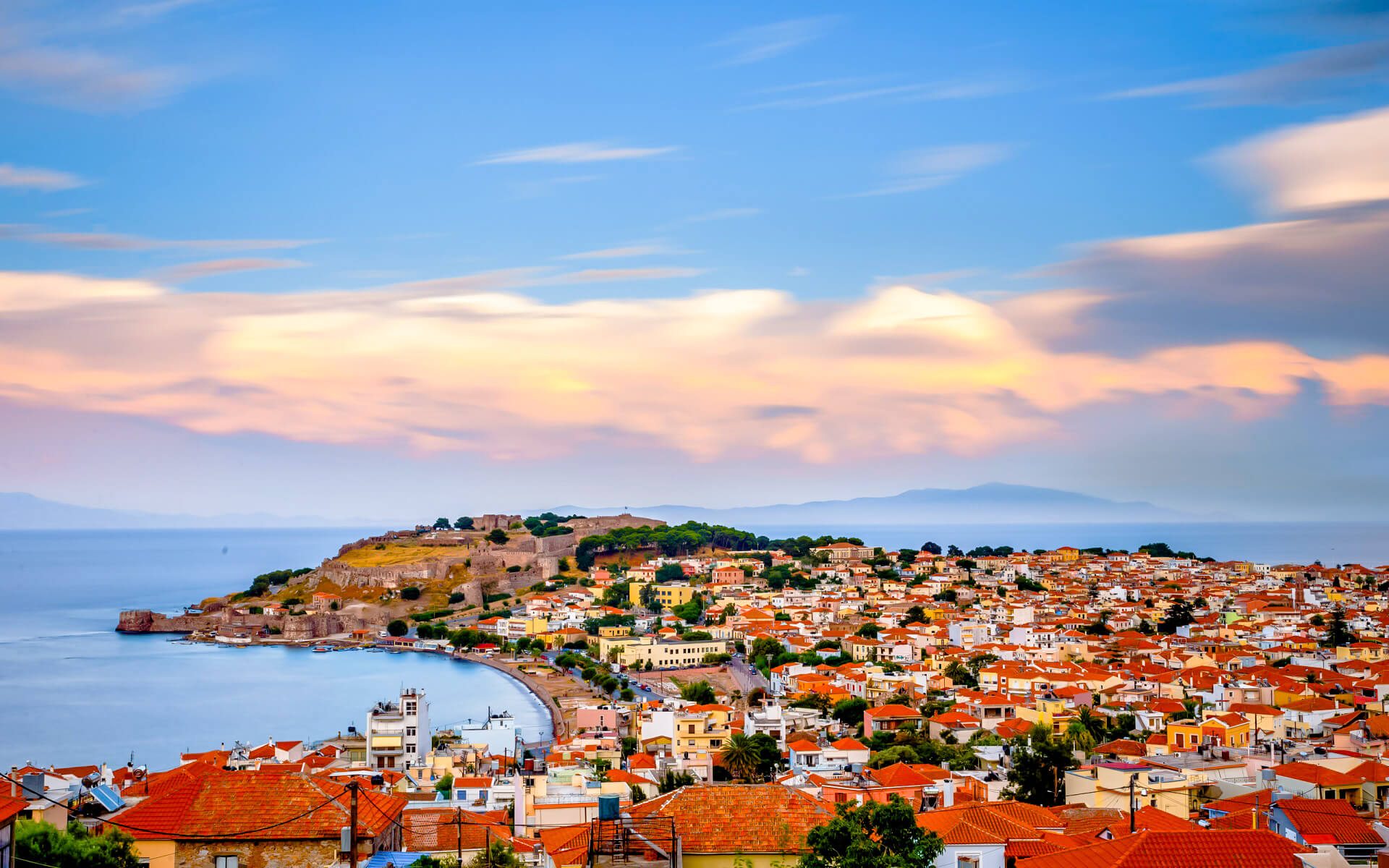Lesbos or Lesvos is the northernmost of Greece’s East Aegean Islands, protruding from the Asia Minor peninsula.
From Greek antiquity to the present day, the island of Lesbos has been the birthplace of numerous poets and writers; the island of Lesbos continues to inspire, through this cultural heritage and its natural beauties of landscape contrasts, an easygoing lifestyle, expressed by its people as a familiarity towards all its visitors.
Even if some argue that it is because of the sexual theme in several poems by the legendary Sappho, it is more common to refer to the island as Mytilene rather than Lesbos. Lesvos and Mitilini are common transliterations that match the original Greek pronunciation.
Lesbos is the third-largest island in Greece, behind Crete (South) and Evvia (Centre). In terms of governance, the prefecture of Lesvos consists of three main islands: Lesbos, Lemnos to the northwest, and the small Agios Efstratios in the center of the first two.
Geographically, Lesbos consists of two saltwater gulfs, both to the south, with narrow gaps that lengthen the shoreline and shape the island in the shape of a fig tree or plane tree leaf, as described by the local nobelist poet Odysseas Elytis. The terrain varies by location; the most apparent difference is between the far west region, which is rocky and sparsely vegetated, and the east and center portions, which are dominated by olive and pine tree woods. Its height reaches over 1000 meters at both ends: north at Mount Lepetymnos and south at Mount Olympos, which has the same name as the ancient Olympus in Thessaly.


